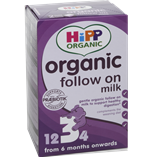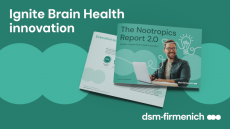“The tissue is the issue” say omega-3 academics

“The tissue is the issue,” said Captain Joseph Hibbeln from the National Institutes of Health National Institute on Alcohol Abuse and Alcoholism in a presentation to an omega-3 congress in Bruges, Belgium last week, referring to ability of omega-3 forms like DHA, EPA and ALA (alpha-linolenic acid) to be utilised by the body if omega-6 (linoleic Acid) consumption is high.
“Dietary requirements for EPA (eicosapentaenoic acid) and DHA (docosahexaenoic acid) increase by 13-fold with high background intakes of LA,” Captain Hibbeln said.
That finding informed a consensus document issued by those in attendance at the meeting Bruges that stated:“Tissue concentrations of LC-Omega-3 (relative to LC-Omega-6) are the key variable for health – not dietary intakes.”
Preliminary coverage of the consensus can be found here.
Omega-3 index 11, intake 1000mg
Hibbeln and other scientists at the event including veteran omega-3 researcher Professor Michael Crawford,Dr Clemens von Schacky from the Medical University in Munich, Germany, and Dr Alex Richardson, the founder of UK charity, Food and Behaviour Research, concurred that 1000mg EPA/DHA daily intakes were a level that would bring omega-3 ‘in the tissue’ levels in line with those in Japan, which were seen as some of the highest in the world.
This equates to an omega-3 index of about 11 (a measure developed by Professor von Schacky that he and others are arguing is a better biomarker for coronary heart disease than, say, cholesterol levels).
The conference heard about sustainability efforts to manage krill, fish and other omega-3 sources and was told how rising heart and cognitive problem costs was driving the need to increase omega-3 levels in diets.
“Associated costs are currently bankrupting health care systems and threatening wider economic instability worldwide,” they stated.














